Raytheon was awarded an almost $15 million contract to produce Over-the-Horizon Weapon Systems for the U.S. Navy, a U.S. Department of Defense release said.
The Over-The-Horizon Weapon System is for use on the U.S. Navy’s Littoral Combat Ships and future frigates, and Raytheon teamed up with Norway’s Kongsberg the pitch the latter’s Naval Strike Missile in the competition.
The $14,856,016 firm-fixed-price contract “will manufacture and deliver Over-the-Horizon Weapon Systems, which consists of encanistered missiles (EM) loaded into launching mechanisms (LM); and a single fire control suite (FCS),” the Thursday, May 31 release said.
The contract consists of tactical, telemetered and inert operational missiles, and also includes support equipment, training equipment and engineering services.
“This contract includes options which, if exercised, would bring the cumulative value of this contract to $847,611,857,” the release added.
Work is expected to be completed by May 2020.
More than 80 percent of the work will be carried out outside the U.S. – 75 percent in Kongsberg, Norway, four percent in Schrobenhausen, Germany and three percent in Raufoss, Norway.
The release notes that the contract was competitively procured via the Federal Business Opportunities website, but only one offer was received. Both Boeing, who were pitching the Harpoon missile, and Lockheed Martin with its Long-Range Anti-Ship Missile, dropped out of the competition in 2017. The two companies believed the competition was being refined to favor the Naval Strike Missile above their offerings.
In March, Lockheed Martin said it successfully tested a production-configuration LRASM launched from a U.S. Air Force B-1B strategic bomber.
Kongsberg-Raytheon partnership
Raytheon and Kongsberg announced they had formed a teaming agreement to compete for U.S. Navy programs in 2015. The agreement included pitching Kongsberg’s Naval Strike Missile for the Over-the-Horizon Weapon System for the LCS.
In 2016, the two companies announced they were finalizing plans to assemble, integrate and test the missile in the United States. They also announced plans to produce NSM launchers in the U.S.
Kongsberg says the Naval Strike Missile has an operational range of more than 200 km (125 miles, 108 nautical miles) and flies at up to Mach 0.95 (1,160 kph). It is designed for use in confined, littoral and on the open sea, and can strike both sea and land targets.
It uses a combination of GPS, inertial navigation and terrain recognition, and can either fly over or around islands and other land masses. According to the Norweigan firm, the INS offers an effective backup in the increasingly likely event that an opponent disrupts the GPS connectivity.
The low-observable sea-skimming missile uses a combination of GPS, inertial navigation and terrain recognition, and includes an advanced adjustable high resolution imaging infrared seeker which utilizes autonomous target recognition to ship class, with a precise hitpoint for each ship class. It employs programmable endgame maneuvers to penetrate defenses.
It has been in service with the Royal Norwegian Navy since 2012, and the Polish Navy uses the NSM for use on coastal defense batteries. It has been selected by the Royal Malaysian Navy and German Navy.
The Naval Strike Missile was demonstrated on the USS Coronado LCS in 2014. Rear Admiral Peter Fanta said in January 2016 that the U.S. Navy was aiming to have a missile on the LCS by the end of that year, USNI reported. That ambition was thwarted by a lack of funds.
The U.S. Navy commissioned the first littoral combat ship, USS Freedom, in November 2008. It was intended to be a fast, agile multipurpose warship for coastal operations. The mono-hull Freedom-class LCS is 115 metres long and has a displacement of 3,500 metric tons, while the later trimaran Independence-class is 127 metres long with a displacement of 2,784 metric tons.
Seven LCS have been commissioned as of May 2018, but the first four are to be used as test ships due to a number of operational issues, and concerns about their combat abilities and suitability in the Pacific theater.
Sixth successful test for Lockheed’s Long Range Anti-Ship Missile

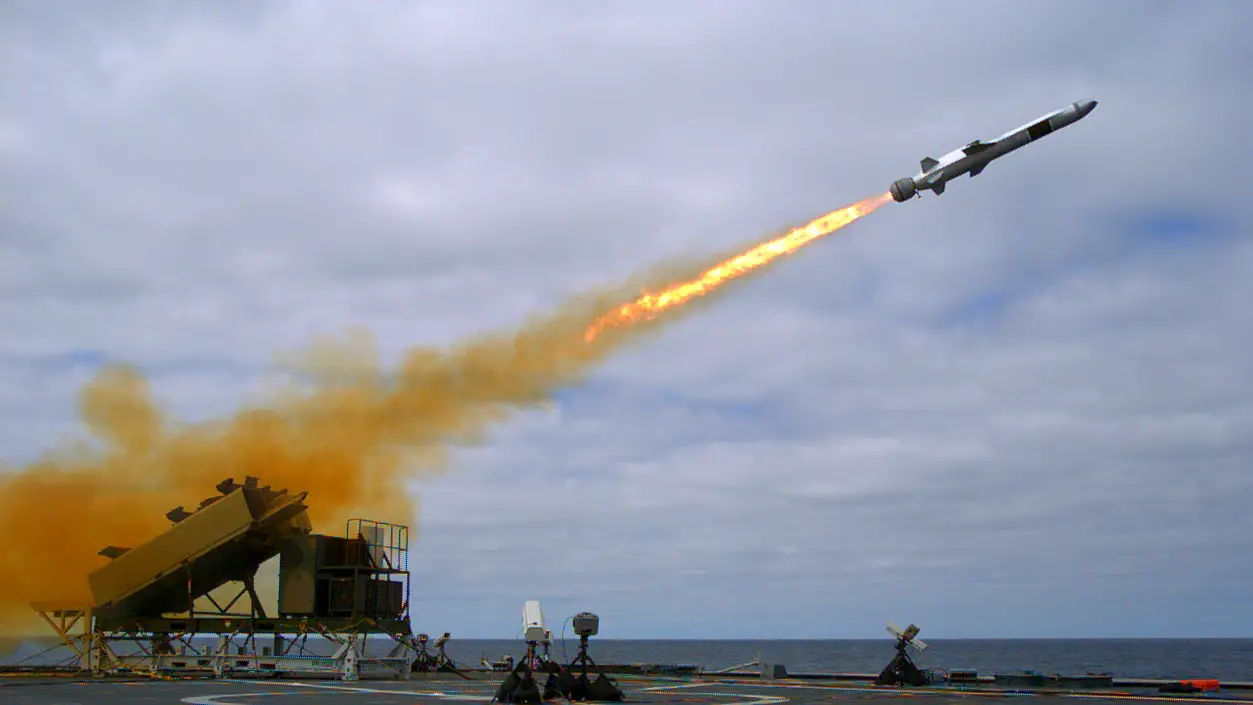

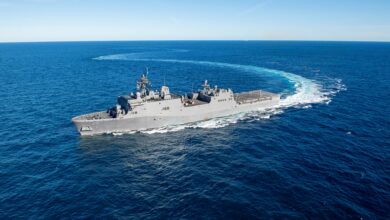
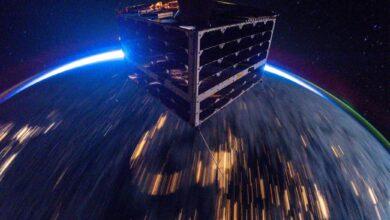
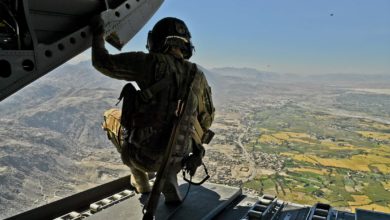
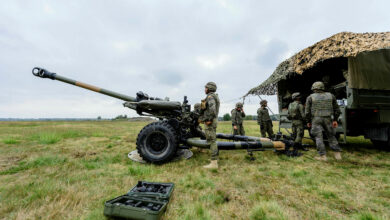


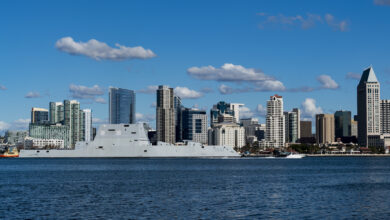

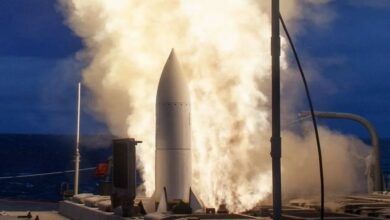
One Comment